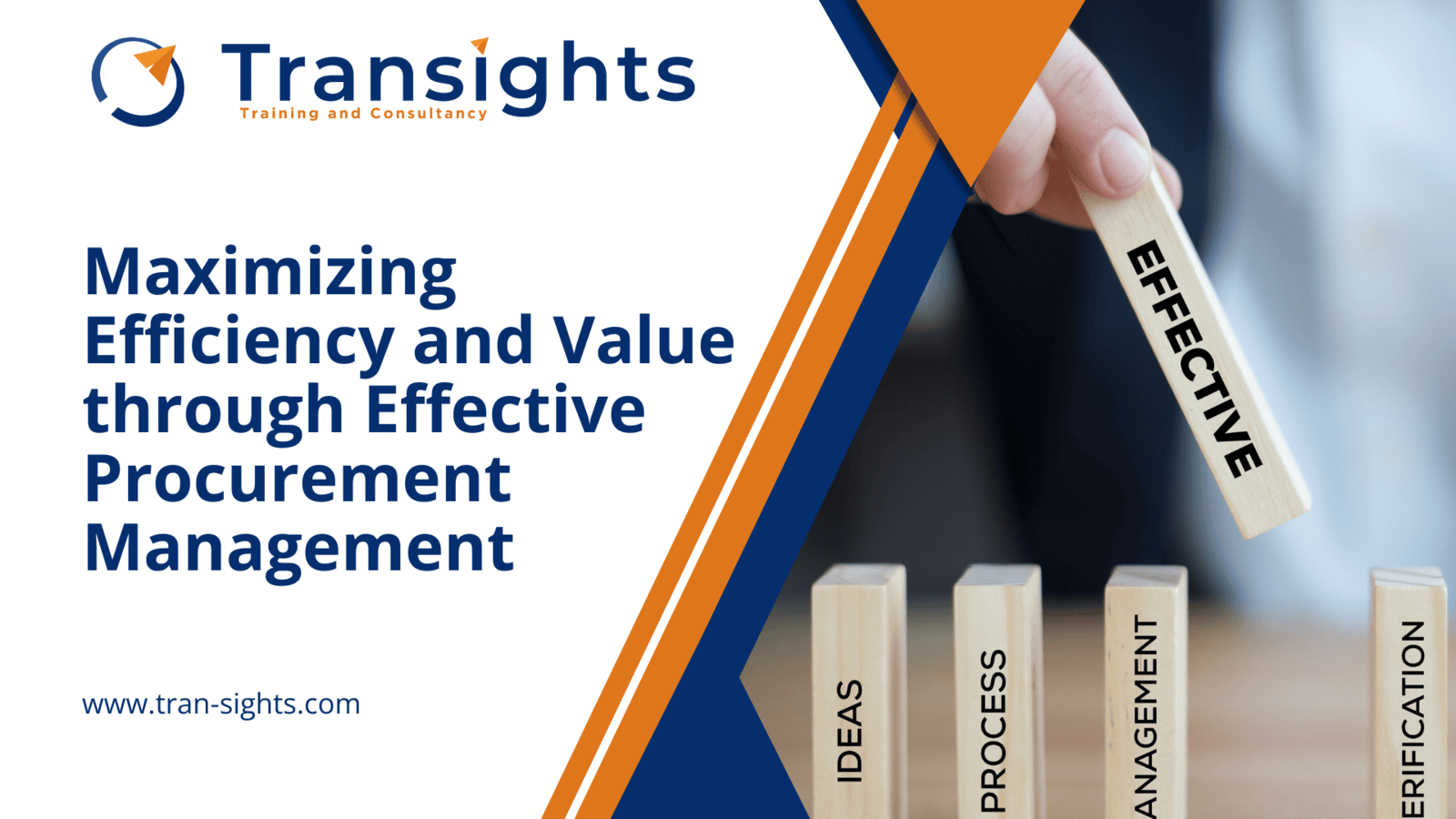
In the dynamic world of business, procurement management stands as a cornerstone of operational success. By ensuring that the right products and services are acquired at the best possible cost, effective procurement management not only drives profitability but also enhances the overall strategic goals of an organization. In this article, we delve into the essential elements of procurement management and explore strategies to optimize this critical function.
What is Procurement Management?
What is Procurement Management?
Procurement management encompasses the processes involved in acquiring goods and services from external sources. It includes activities such as identifying needs, sourcing suppliers, negotiating contracts, purchasing, and managing supplier relationships. The goal is to obtain high-quality goods and services that meet the organization's requirements while optimizing costs and minimizing risks.
Key Components of Procurement Management
Key Components of Procurement Management
1- Needs Identification and Planning:
2- Supplier Sourcing and Evaluation:
- Identifying and evaluating potential suppliers is crucial. This involves assessing suppliers' capabilities, reliability, and financial stability.
- A thorough evaluation helps in selecting suppliers who can deliver quality goods and services consistently.
3- Contract Negotiation and Management:
- Negotiating favorable terms and conditions with suppliers is vital to ensure value for money.
- Once a contract is in place, managing it effectively ensures compliance with agreed terms and mitigates risks associated with supplier performance.
4- Purchase Order Management:
- Creating and managing purchase orders systematically ensures that procurement activities are tracked and monitored.
- This component includes ensuring that orders are placed correctly, deliveries are received on time, and payments are processed efficiently.
4- Supplier Relationship Management:
- Identifying and evaluating potential suppliers is crucial. This involves assessing suppliers' capabilities, reliability, and financial stability.
- A thorough evaluation helps in selecting suppliers who can deliver quality goods and services consistently.
6- Risk Management:
- Identifying and mitigating risks associated with procurement activities is essential. This includes assessing risks related to supplier reliability, market fluctuations, and geopolitical factors.
- A thorough evaluation helps in selecting suppliers who can deliver quality goods and services consistently.
Strategies for Optimizing Procurement Management
Strategies for Optimizing Procurement Management
1- Leverage Technology:
- Utilizing procurement software and e-procurement systems can streamline processes, improve accuracy, and enhance efficiency.
- Automation tools can handle routine tasks, allowing procurement professionals to focus on strategic activities
2- Adopt Sustainable Practices:
- Incorporating sustainability into procurement decisions can reduce environmental impact and enhance corporate social responsibility.
- Sustainable procurement involves considering the environmental and social implications of purchasing decisions.
3- Implement Category Management:
- Grouping similar items into categories and managing them as a single unit can lead to better negotiation power and cost savings.
- Category management helps in understanding market trends and supplier capabilities within specific categories.
4- Enhance Data Analytics:
- Utilizing data analytics can provide insights into spending patterns, supplier performance, and market trends.
- Data-driven decision-making can lead to more informed and effective procurement strategies.
5- Continuous Improvement:
- Regularly reviewing and improving procurement processes ensures that they remain efficient and aligned with organizational goals.
- Seeking feedback from stakeholders and suppliers can identify areas for improvement and drive innovation.
Conclusion
Conclusion
Effective procurement management is a vital function that significantly impacts an organization’s bottom line and operational efficiency. By implementing best practices, leveraging technology, and fostering strong supplier relationships, organizations can achieve substantial cost savings, enhance quality, and mitigate risks. As the business landscape continues to evolve, a strategic approach to procurement management will remain essential for achieving long-term success and competitive advantage.

